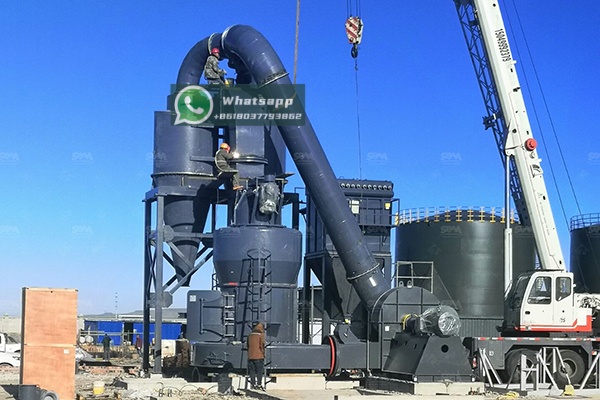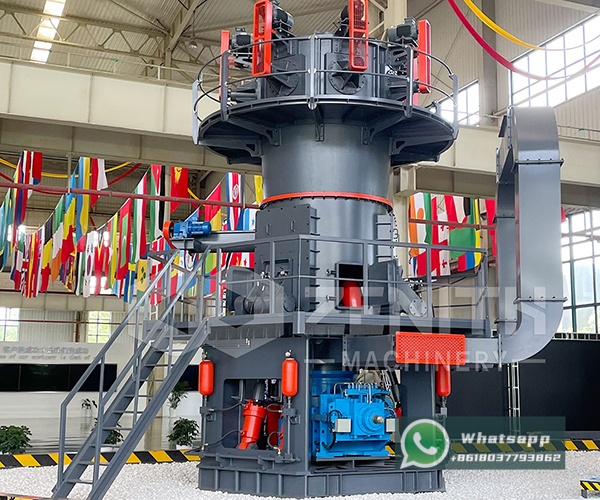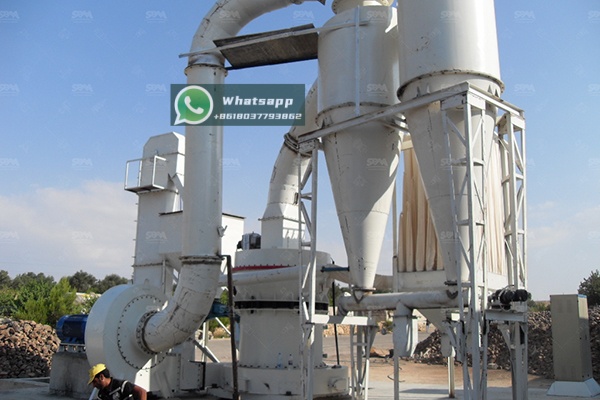The Wood Plastic Composite (WPC) industry has experienced remarkable growth over the past few decades, driven by the demand for durable, low-maintenance, and eco-friendly building materials. A critical factor influencing the performance, cost, and aesthetics of WPCs is the quality of the mineral fillers used. Among these, calcite (calcium carbonate) stands out as a premier choice. However, not all calcite is created equal. The transition towards ultrafine calcite fillers represents a significant technological leap, unlocking superior material properties and enabling the production of higher-value WPC products. This article delves into the role of ultrafine calcite in WPCs, the technical challenges in its production, and the advanced grinding solutions required to achieve the necessary particle specifications.
Calcite fillers are incorporated into WPC formulations primarily for economic and performance-related reasons. They act as a volume extender, reducing the overall cost by displacing more expensive polymer resin. Beyond cost reduction, properly selected calcite fillers impart several key benefits:
The effectiveness of these benefits is heavily dependent on the particle size distribution, particle shape, and surface chemistry of the calcite filler.

While traditional WPCs often use calcite fillers with median particle sizes (D50) in the range of 10 to 45 microns, the industry is increasingly moving towards ultrafine grades, typically defined as having a D97 of less than 10 microns, and often down to 2 microns or finer. This shift is driven by the profound advantages ultrafine particles offer:
The production of consistent, high-quality ultrafine calcite is a non-trivial engineering challenge. It requires grinding technology capable of achieving a narrow particle size distribution with minimal energy input. The key challenges include:
Overcoming these challenges necessitates the use of advanced, purpose-built grinding mills rather than conventional equipment.

For WPC manufacturers seeking a reliable supply of ultrafine calcite, or for calcite producers aiming to enter this high-value market, selecting the right grinding equipment is paramount. Shanghai Zenith Machinery Co., Ltd., a leader in industrial powder processing, offers a range of mills specifically designed for such demanding applications. Two standout solutions are the LUM Ultrafine Vertical Mill and the XZM Ultrafine Grinding Mill.
The LUM Ultrafine Vertical Mill represents the cutting edge in grinding technology. It integrates grinding, drying, powder selection, and conveying into a single, compact unit. Its unique design, featuring a curved grinding path and multiple grinding rollers, ensures high grinding efficiency with low wear. For WPC-grade calcite requiring a top cut (D97) between 5 and 30 microns, the LUM series is an ideal choice. Its intelligent control system allows for precise adjustment of fineness and output, ensuring batch-to-batch consistency.
The following table outlines the technical parameters of the LUM Ultrafine Vertical Mill series:
| Model | Main Machine Power (kW) | Capacity (t/h) | Size Distribution D97 (μm) |
|---|---|---|---|
| LUM1525 | 220-250 | 1.6-11.5 | 5-30 |
| LUM1632 | 280-315 | 2.0-13.5 | 5-30 |
| LUM1836 | 355-400 | 2.3-15 | 5-30 |
For producers targeting the very finest calcite powders, down to 2500 mesh (approximately 5 microns), the XZM Ultrafine Grinding Mill is a proven and reliable workhorse. Based on the experience of numerous installations worldwide, the XZM mill is designed for high capacity and energy efficiency. Its airflow classification system ensures that only particles meeting the fineness requirement leave the mill, while coarser particles are returned for further grinding. This results in a sharp particle size distribution, which is critical for achieving the optimal balance of mechanical properties and surface finish in WPCs.
The technical specifications for key XZM models are as follows:
| Model | Working Diameter (mm) | Max Feed Size (mm) | Final Size (mesh) | Output (kg/h) | Main Motor Power (kW) |
|---|---|---|---|---|---|
| XZM221 | Φ800 | ≤20 | 325-2500 | 500-4500 | 75 |
| XZM268 | Φ1680 | ≤20 | 325-2500 | 5000-25000 | 315 |
Even the finest calcite powder will underperform if it is not properly compatible with the polymer matrix (typically polyethylene, polypropylene, or PVC). Hydrophilic calcite particles have poor adhesion to hydrophobic plastics, leading to weak interfaces and reduced mechanical properties. Therefore, surface modification is an essential step. This involves coating the calcite particles with a coupling agent, such as stearic acid or titanate, which acts as a molecular bridge between the filler and the polymer.
This process improves dispersion, reduces viscosity during processing, and significantly enhances the composite’s strength and impact resistance. Modern grinding systems from Zenith can be configured to include in-line surface modification, creating a truly turnkey solution for premium WPC filler production.

The adoption of ultrafine calcite fillers is a key trend driving innovation and quality in the WPC industry. These advanced materials enable the production of composites with superior aesthetics, enhanced mechanical properties, and greater cost-effectiveness. However, realizing these benefits hinges on the ability to produce consistent, high-quality ultrafine powder efficiently.
Shanghai Zenith Machinery Co., Ltd., with its extensive expertise and advanced product portfolio—including the highly efficient LUM Ultrafine Vertical Mill and the high-capacity XZM Ultrafine Grinding Mill—provides the technological foundation necessary to succeed in this demanding market. By partnering with a knowledgeable equipment supplier, calcite producers and forward-thinking WPC manufacturers can leverage the full potential of ultrafine fillers to create the next generation of high-performance wood plastic composites.